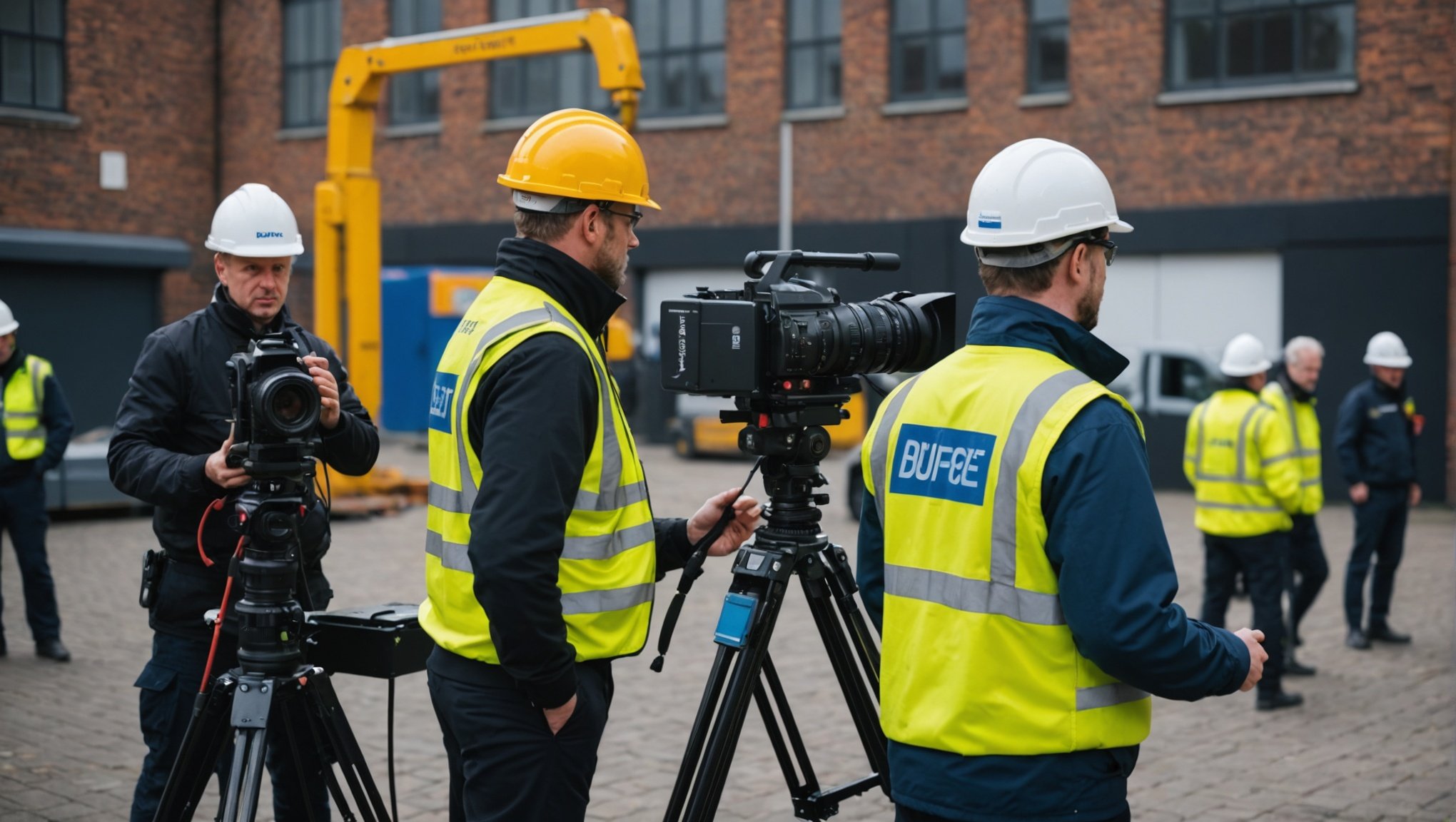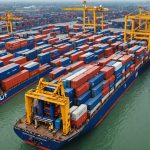Overview of Health and Safety Compliance in UK Film Production
In the dynamic world of UK film production, adhering to health and safety compliance is paramount. Ensuring cast and crew safety is not just a legal obligation but a moral one. This sector faces unique hazards, making stringent regulations essential to safeguard everyone involved.
Health and Safety Compliance is governed by specific legislation in the UK. Key among these is the Health and Safety at Work Act 1974, which mandates employers to ensure as far as reasonably practicable the health and safety of employees and others affected by their activities. The Management of Health and Safety at Work Regulations 1999 further requires risk assessments to be conducted, ensuring potential hazards are identified and mitigated.
Production companies bear significant responsibilities. They must maintain a safe environment, provide adequate training, and crucially, appoint a Competent Person to oversee safety protocols. This involves regular equipment checks, ensuring emergency procedures are in place, and maintaining open lines of communication for reporting hazards.
In essence, health and safety compliance not only fosters a secure workspace but also enhances productivity and morale in UK film production. By prioritising these measures, production companies not only fulfil legislative requirements but also promote a culture of safety.
Legal Requirements for Film Production Companies
Navigating the legal landscape is crucial for any film production company operating within the UK. Adhering to Legal Compliance is not just about ticking boxes; it’s about ensuring the safety and well-being of everyone involved.
Health and Safety at Work Act 1974
The Health and Safety at Work Act 1974 is a cornerstone of legal requirements, mandating that employers ensure the health and safety of their employees. This includes providing a safe working environment, maintaining equipment, and training staff adequately. For UK Film Industry participants, this means addressing the unique challenges posed by film sets and productions.
Management of Health and Safety at Work Regulations 1999
Under these regulations, film production companies must implement general management duties, focusing on comprehensive Risk Assessment. Identifying potential hazards and implementing control measures are essential. This might involve assessing the safety of electrical setups or transport arrangements specific to the industry.
Additional Regulations Relevant to Film Production
Beyond these, specific rules govern more niche aspects like stunts, special effects, and location safety. Companies must ensure compliance with these regulations, which might include provisions for pyrotechnics or safe use of harnesses during stunts. Risk assessments are required not only for routine processes but also tailored to these specialized activities to protect all involved.
Best Practices for Maintaining Safety on Set
Implementing effective Safety Best Practices is crucial for ensuring a smooth and secure production environment. One essential aspect is the development of a comprehensive safety management plan. This plan should meticulously outline potential risks and specify preventative measures. It acts as a blueprint for maintaining a safe working space and should be revisited and refined regularly to address any new concerns.
In addition to planning, regular training and communication strategies are vital for educating the crew about safety protocols. Training sessions should be interactive and engaging to ensure understanding and retention of best practices. These sessions should clarify roles and responsibilities, fostering an environment where safety is a shared priority.
The Importance of safety briefings and debriefings cannot be overstated. Before beginning any on-set activities, a briefing session should highlight potential hazards and outline emergency procedures. Conversely, debriefings provide an opportunity to reflect on the day’s activities and discuss any safety issues encountered, allowing for continuous improvement.
- Develop a comprehensive safety management plan
- Regularly conduct training sessions
- Employ effective communication strategies
- Hold pre-shoot briefings and post-shoot debriefings
By prioritizing these on-set procedures, productions can effectively manage risks and maintain a safe environment for all involved.
Comprehensive Checklists for Compliance
Ensuring compliance with safety protocols is paramount in any production setting. A structured approach through well-documented compliance checklists can help maintain on-set safety efficiently and methodically. Such checklists guide team members in adopting consistent practices across all production phases.
Pre-Production Safety Checklist
Before filming begins, the pre-production safety checklist acts as a foundational tool, highlighting essential items needed for readiness. This includes verifying the availability of safety equipment, conducting risk assessments, and ensuring crew members are briefed on safety protocols. Attention to on-set safety starts here by confirming all necessary permits and certifications are in place and arranging for an emergency response team if needed.
Daily Production Safety Checklist
On a daily basis, the production safety checklist ensures continuous monitoring. Key activities include regular equipment inspections, confirming safety briefings have been conducted, and making necessary adjustments if previously identified risks evolve. These daily tasks are crucial to uphold on-set safety and adapt to dynamic filming conditions.
Post-Production Safety Review Checklist
After production wraps up, a post-production safety review helps evaluate the overall safety performance. It involves assessing incidents, if any, to implement improvements for future projects. This reflective checklist ensures that safety learning is captured and shared effectively, bringing a robust end to the production’s safety protocol cycle.
Case Studies and Examples
Understanding health and safety practices through real-world case studies offers invaluable lessons. Examining instances of safety incidents on set, we not only learn from past challenges but also enhance future practices.
Successful Health and Safety Practices on Set
A commendable example comes from productions that have invested heavily in risk assessment. Such practices ensure all potential hazards are identified and mitigated before filming begins. These proactive measures often involve comprehensive safety training for all crew members, fostering a culture where everyone prioritises safety.
Analysis of Past Incidents and Their Impact
Unfortunately, not all productions have been so fortunate. Historical safety incidents, such as on-set fires or equipment failures, have caused significant delays and injuries. The repercussions from such incidents send ripples throughout the industry, compelling reviews of safety protocols.
Lessons Learned and Changes Implemented
From these experiences, the film industry has learned to refine its protocols. Improvements range from better communication methods during emergencies to adopting new technology for real-time monitoring of set conditions. Emphasising the need for continuous learning, these changes are crucial in transforming on-set environments into safer, more secure workspaces for all involved.
Resources for Further Assistance
Navigating the realm of health and safety can often feel overwhelming, but a wealth of resources is available to help streamline this process. These include guidance documents and industry support channels that are both comprehensive and accessible.
Official Health and Safety Executive Resources
For official insights, consult the Health and Safety Executive (HSE) resources, which are packed with valuable information. They offer authoritative guidance on safety practices and compliance protocols. The HSE’s website is a treasure trove of downloadable templates and documents designed to facilitate safety plan development and risk assessment.
Industry Associations and Networking Groups
Networking with industry associations provides not only professional connections but also access to supportive networks. Groups often host seminars and workshops aimed at fostering collaboration and sharing best practices. Participating in these networks can equip you with the latest industry standards and innovations.
Downloadable Templates and Documentation
Many health and safety resources offer downloadable templates for efficient plan and assessment preparation. These templates, crafted by experts, guarantee alignment with governmental and industry standards, ensuring robust safety frameworks.
By leveraging these resources, you can enhance your organisation’s capacity to uphold stringent health and safety protocols, contributing significantly to a safer working environment.














